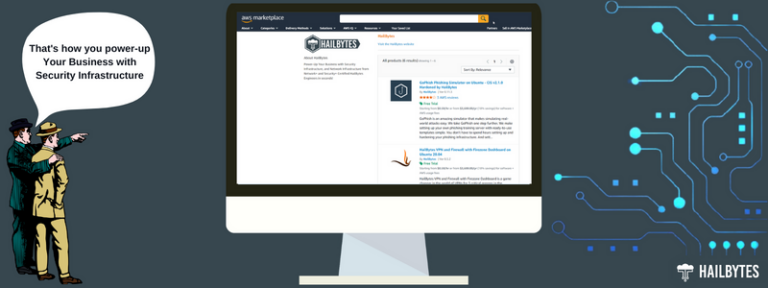Selling IaaS vs. Saas | The Benefits Of Managing Client-Owned-Infrastructure

Introduction
The cloud-based software solutions market is growing at an unprecedented rate. Enterprises are increasingly moving away from traditional in-house IT infrastructure and towards cloud solutions for a variety of reasons. Two of the most common types of cloud-based solutions are Infrastructure as a Service (IaaS) and Software as a Service (SaaS). Both services offer enterprises powerful benefits, so it can be difficult to decide which one to choose. In this article, we discuss the differences between IaaS and SaaS, explore the benefits of managing client-owned infrastructure with IaaS, and evaluate how those benefits compare with using SaaS.
What Is Infrastructure As A Service (Iaas)?
Iaas is a cloud-based service that provides enterprises with virtualized computing infrastructure. This includes servers, storage, and networking equipment, which can all be accessed remotely via the Internet. It allows companies to access resources they need without having to purchase or maintain physical hardware in house.
What Is Software As A Service (Saas)?
SaaS is a cloud-based software delivery model in which software applications are hosted on remote web servers and accessed by users via the Internet. SaaS solutions are typically subscription based, meaning customers pay for access to use the application over time as opposed to buying it outright like traditional software models.
Benefits Of Managing Client-Owned Infrastructure With Iaas
One of the major benefits of using Iaas to manage client-owned infrastructure is cost savings. By not having to purchase, install, and maintain physical hardware onsite, companies can save money on initial setup costs as well as ongoing maintenance expenses. Additionally, with Iaas, businesses can quickly scale their IT infrastructure up or down as needed without having to make large upfront investments in hardware that may become obsolete over time.
Another major benefit of managing client-owned infrastructure with IaaS is improved security and control. Companies can set granular access controls for specific users and resources, allowing them to easily monitor who has access to what data at any given time. This helps protect corporate networks from malicious cyber threats and gives companies better visibility into how their data is being used.
Comparing IaaS with SaaS
Both IaaS and SaaS offer many benefits to enterprises, but they are different solutions that serve different purposes. IaaS is better suited for companies that want control over their own IT infrastructure, allowing them to customize the hardware and software used in their environment based on their specific needs. Conversely, SaaS is a more cost-effective solution for those who need access to applications without having to purchase or manage any hardware.
Conclusion
The decision between using IaaS vs. SaaS depends on a company’s individual needs and goals. For those looking for full control of their IT infrastructure, Iaas is the better option. However, for those looking for cost savings and access to applications without having to manage physical hardware, SaaS is likely a better fit. Ultimately, understanding the differences between IaaS and SaaS can help businesses make informed decisions about which solution best meets their needs. By taking advantage of the benefits offered by each type of service, companies can ensure they are meeting their IT requirements efficiently and effectively.







